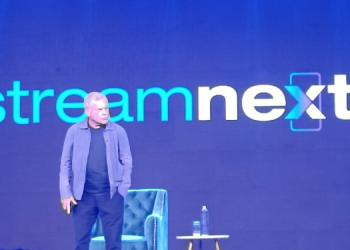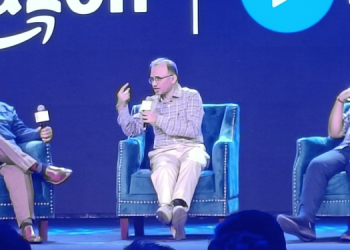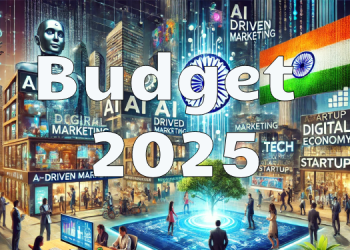With the global pandemic impacting the media business across the globe, Print Media facing difficulty in Printing, Circulation and Operation of Newspapers, Magazines and more. On the other hand, with the work-from-home model increasing, the digital consumption of News had increased across all age-groups especially the Gen-Y and Gen-Z. Rediff.com has been a trusted online source of News and Information over the last 2 decades with 90% users landing on Rediff.com directly sans social media or any other affiliates.
Amol Mujumdar, Sr. Director – Technology, Rediff.com India, on a StraighTalk with MediaNews4U briefing how Covid-19 crisis has impacted on the way of News consumption in India.
What a way Covid-19 crisis has impacted News consumption behavior?
There has always been a cultural difference between generations in the way they consume News. While Gen X seemed to consume news over televisions and Desktops/Laptops, Gen Y seemed to use Mobile phones, Desktops/Laptops and a bit of Television to consume news. Gen Z however never seemed to use Televisions to consume News and seemed to spend most of their time on smartphones or some other form of online devices like Smart TVs, smart speakers, etc. However, with growing tech synergy between in the gadget and media industry, the news consumption habits of all generations seems to be converging. In the post-Covid-19 phase, consumers have been using digital devices with voice assistants like Siri, Alexa, Google assistant, to discover news. There has been a steep rise in the use of mobile phones to consume news across demographics at the cost of desktops/laptops. People have been consuming vast amounts of media, especially videos more than the pre-Covid-19 period. The ‘time spent’ factor of users on our media properties has gone up significantly, which I presume is due to people having more time to spend reading and watching news, thanks to all the travelling time being saved.

According to reports, News as a genre has got maximum interaction than fiction or non-fiction. What are your figures saying on this?
Fiction and even creative non-fiction are attempts to bring out the subjective quality of a story/experience, while news is more objective-driven with facts that can be verified. Presently, readers seem to be more interested in getting their facts right while they try to corroborate between the overflow of information that comes from various sources. That seems to favor news as a genre over other forms of reading.
Today Print Media is not able to reach the customers in many areas. Did that impact traditional advertisers who depended on Print to look at Digital?
Whether you travel economy or business class, when the plane goes down we all go down. This is what has happened to the media industry. Advertisers are spending lesser and there is a lot of vacant inventory across media. However, for obvious reasons social media giants and OTT players have been doing good during this period. Whether the trend continues after the lockdown period remains to be seen. There have been reports that besides an increase in page views, the ‘Dwell Time’ has been on the rise for online publications. Gen X & Gen Y who have been print loyalists seem to be making the shift to online. This may be a matter of worry for the print publications who weren’t in a healthy state even before the lockdown.

Beyond education and economic barriers, the information on Covid-19 has reached everyone in India. What are the ways Rediff has enabled the viewers on the right information?
We have dedicated a separate section for Covid-19 – https://www.rediff.com/news/coronavirus-2020 with updates happening in real-time. Users have an option to subscribe and get the latest news delivered to their Inbox. Rediff Realtime News https://realtime.rediff.com/news aggregates news from over 100 sources and presents it to users by topics. Users can also search for topics/keywords and create alerts on those topics/keywords which are delivered to their Inbox.
What are the key trends you foresee in News consumption after Covid-19 Lockdown?
The news industry world over is moving towards a data-driven approach, using large-scale data analysis and interpretation. The science is being used to assist building features for serving personalised content and recommendations. We have been keeping ourselves busy with research on improving our recommendation model along with AI based summarizer, for use on personal devices like smartphones and smart speakers. Voice based news summaries seem to be in demand and are poised to dominate the way news will be consumed in future. Data visualization and infographics also seem to be winning over traditional styles of presenting news.

What are the new features you had provided for brands to promote themselves in rediff portal?
Rediff.com earns about 32 million visits a month with an average visit duration of over 7 minutes. Our minimal content overlap with other leading publishers in the category makes for superior audience engagement. We collaborate with brands through direct partnerships as well as through programmatic guaranteed and preferred deals over platforms like Google and PubMatic. Our ad-spots are available in all popular IAB standard ad sizes (300×250, 970×250, 728×90 and 300×600) along with out-stream video ad-spots that work best for branding.


















